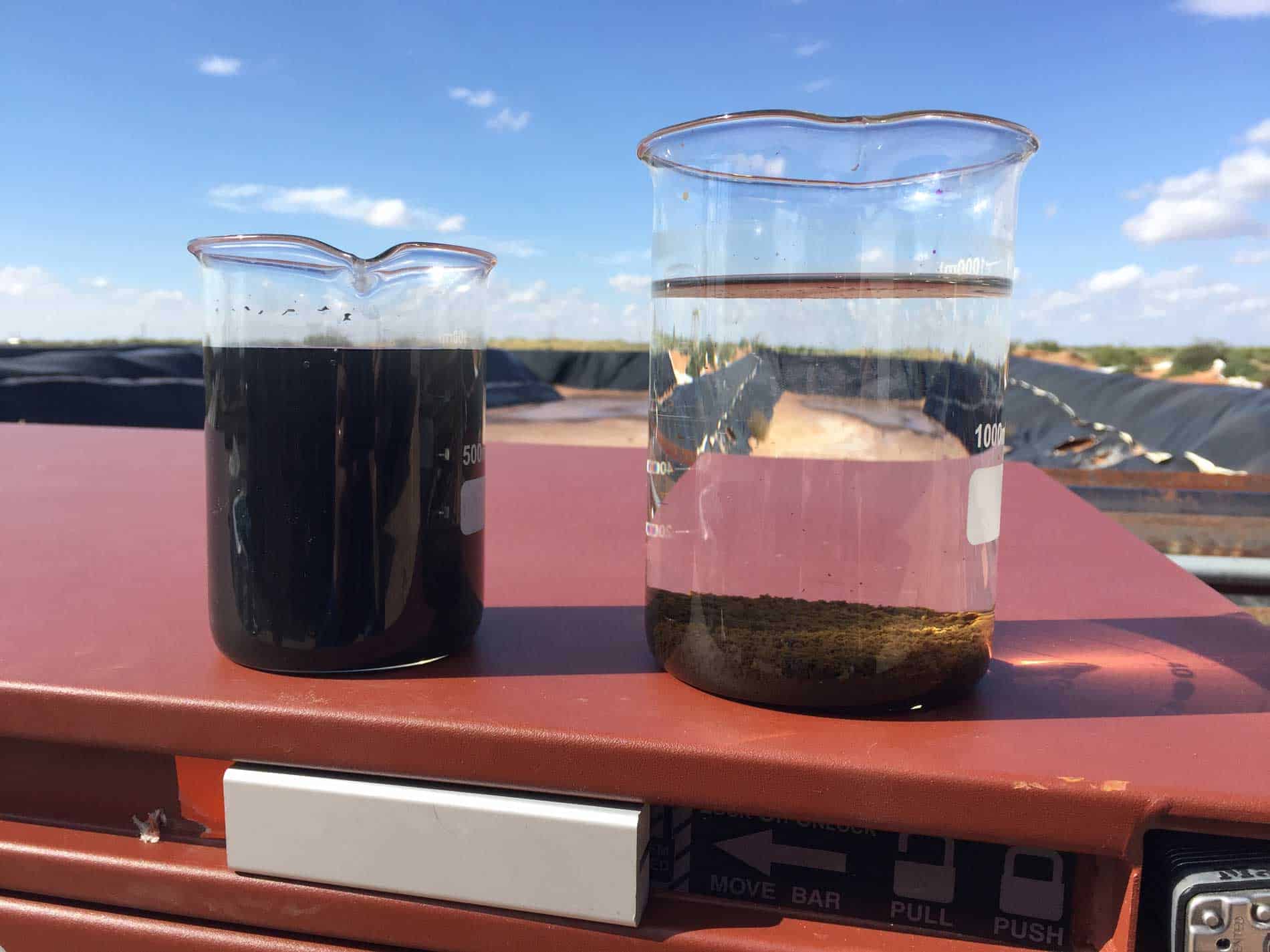UOP 987 Trace Metals in Process Water ICP Testing
The analysis of trace metals in process water is crucial for ensuring environmental compliance and operational efficiency, especially within the oil and gas sector. The UOP 987 method, utilizing Inductively Coupled Plasma (ICP) spectrometry, provides a robust approach to measuring trace metal concentrations in complex matrices such as produced water from oil and gas operations.
Produced water is a significant byproduct of hydrocarbon extraction processes, containing various dissolved minerals including metals like iron, copper, zinc, and nickel. These elements can have profound impacts on the environment, infrastructure, and operational costs if not properly managed. The UOP 987 method enables precise quantification of these trace metals to ensure adherence to regulatory standards and optimize water management practices.
The testing process involves several critical steps. First, a representative sample is collected from the process water stream. This sample must be handled carefully to avoid contamination, which can lead to inaccurate results. The sample is then prepared for analysis by diluting it if necessary and ensuring proper dissolution of any particulate matter.
Once prepared, the sample undergoes ICP testing on specialized equipment designed to detect trace metal concentrations. The method's sensitivity allows for the identification of metals at parts per billion (ppb) levels, which is essential given the low concentrations often found in produced water. The results are reported as weight-per-volume percentages, providing a clear picture of metal content.
The UOP 987 method is widely recognized and validated by industry standards, ensuring consistency and reliability across different laboratories. This standardization is crucial for maintaining accuracy and comparability in trace metal analysis across various facilities.
Understanding the implications of trace metal presence is key to effective management strategies. Elevated levels can lead to corrosion issues in pipelines and equipment, necessitating costly repairs or replacements. Additionally, excessive metals in produced water can contribute to environmental pollution if not treated properly. By identifying these elements early through UOP 987 testing, companies can proactively address potential risks.
In summary, the UOP 987 method offers a precise and reliable means of analyzing trace metals in process water using ICP technology. This approach is essential for maintaining compliance with environmental regulations while also optimizing operational efficiency by identifying and managing metal content effectively.
Applied Standards
| Standard | Description |
|---|---|
| UOP 987 | This standard specifies the procedure for determining trace metals in process water using Inductively Coupled Plasma (ICP) spectrometry. |
| ISO/IEC 17025 | Absence of conflicts of interest, proficiency testing, and robust quality assurance are ensured through ISO/IEC 17025 accreditation. |
| Standard | Description |
|---|---|
| ASTM D4693 | This standard provides guidance on the use of inductively coupled plasma mass spectrometry (ICP-MS) for trace metal analysis. |
| AAPL 10275 | The American Association of Petroleum Landmen (AAPL) recommends this method for determining trace metals in oilfield brines and produced waters. |
Benefits
Implementing UOP 987 trace metal analysis offers numerous benefits, particularly for operators in the oil and gas sector. By providing accurate measurements of trace metal concentrations, this method helps ensure compliance with stringent environmental regulations.
The precise quantification of metals such as iron, copper, zinc, and nickel allows companies to monitor their water treatment processes effectively. This monitoring can lead to optimized operational practices, reducing unnecessary costs associated with over-treatment or under-treatment.
Moreover, the ability to detect trace metal levels at parts per billion (ppb) is critical for preventing corrosion issues in pipelines and equipment. Early detection through UOP 987 testing enables proactive measures to mitigate these risks, extending the lifespan of infrastructure and reducing maintenance costs.
The method also supports sustainable practices by minimizing environmental impact. By identifying and managing metal content effectively, companies can ensure that produced water is treated appropriately before discharge or reuse, thereby protecting aquatic ecosystems from pollution.
In summary, UOP 987 trace metal analysis plays a vital role in maintaining operational efficiency, ensuring compliance with regulatory standards, and promoting sustainability within the oil and gas sector. Its benefits extend beyond immediate environmental concerns to long-term economic advantages through optimized resource management and reduced risk of infrastructure failure.
Competitive Advantage and Market Impact
Adopting UOP 987 trace metal analysis can provide significant competitive advantages in the oil and gas market. By offering reliable, accurate, and consistent results, laboratories equipped with this capability set themselves apart from competitors who may lack such advanced testing methodologies.
The precise measurement of trace metals is essential for maintaining compliance with increasingly stringent environmental regulations worldwide. Companies that demonstrate a commitment to sustainability by implementing UOP 987 testing can enhance their reputation among environmentally conscious stakeholders, including customers and investors alike.
Moreover, the ability to optimize water treatment processes through accurate metal concentration data enables companies to reduce operational costs associated with unnecessary treatments. This efficiency translates directly into higher profit margins, giving these firms a competitive edge in challenging market conditions.
In terms of market impact, UOP 987 trace metal analysis supports broader industry trends towards greater sustainability and resource efficiency. By leading the way in adopting this methodology, companies contribute to setting new benchmarks for best practices within their respective sectors.
Overall, embracing UOP 987 trace metal analysis not only strengthens a company's position in current markets but also paves the way for future growth through enhanced operational performance and reduced environmental footprint.





